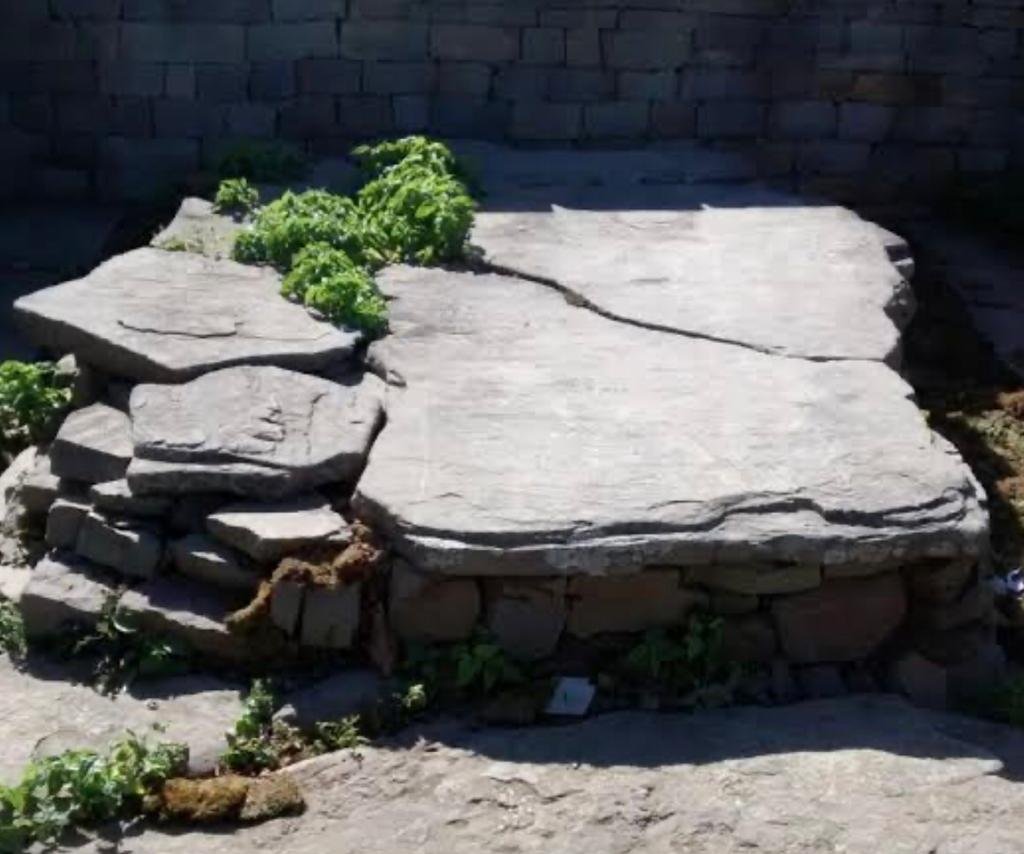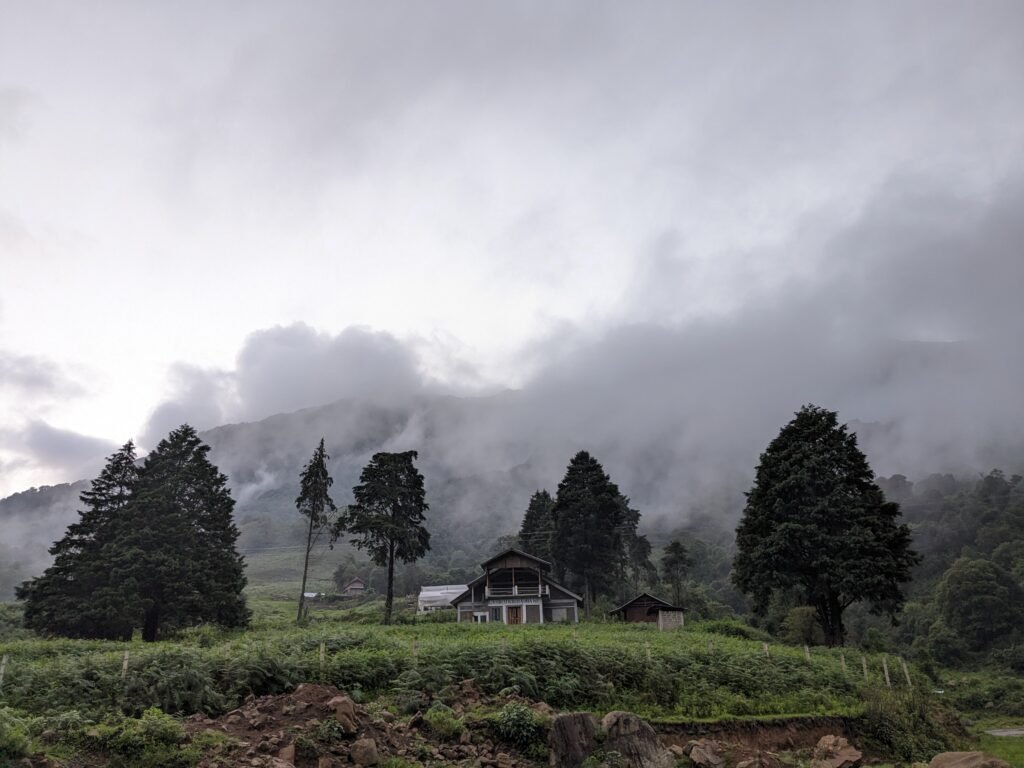The most intriguing aspects of Nagaland’s history is the enigmatic “Stones of the Nagas,” a collection of ancient monoliths that greatly understand the region’s identity and cultural roots. Scattered throughout the state, these stones provide a window into the past, offering valuable insights into the Naga people’s traditions, beliefs, and way of life. In this article, we shall explore the relevance of these stones to the identity of the Nagas and how they have become emblematic of their heritage.
The Stones of the Nagas: A Glimpse into History

The Stones of the Nagas are monoliths made of large stone slabs, varying in size and shape, which stand as silent witnesses to the Naga civilisation’s ancient past. These monoliths are believed to have been erected by different Naga tribes over the centuries, with some dating back thousands of years. Their purposes are manifold: some served as ceremonial markers, signifying the demarcation of territories or sacred sites, while others acted as memorials to commemorate important events or revered ancestors.
Each stone is unique, bearing intricate carvings and motifs that convey tales of bravery, valour, and the Naga people’s close connection with nature. These engravings passed down through generations, speak volumes about the community’s oral traditions and the artistry of its people. By examining these monoliths, archaeologists and historians have pieced together a tapestry of the Nagas’ past, tracing their journey from tribal societies to a modern-day state.
Myth of Longtrok

The Aos are believed to have emerged from “Longtrok” which means “six stones” as three men and three women: Thongpok and his sister, Lendina, Longpok and his sister, Yongmenala, Longjakrep and his sister Elongshe. They then established the “Chungliyimti” village, where they resided and remained for a long time. These six stones are still said to exist in the aforementioned village.
Origin of Stones
For the Nagas, stones hold significant cultural and religious value. They are often associated with myths, legends, and spiritual beliefs. Different Naga tribes may have their own unique stories about the origin of stones. These stories are passed down orally from generation to generation and are an integral part of their cultural heritage.
In some Naga traditions, certain stones are believed to have been placed by the ancestors or divine beings at specific locations for a particular purpose. These stones are considered sacred and are often venerated in rituals and ceremonies. They are also believed to possess spiritual powers and protective qualities.
Some stones are associated with fertility, good fortune, or healing properties, and they may be used as talismans or charms. Stones may also be used as markers for territorial boundaries or in burial sites to honor the deceased.
Preserving Identity: The Role of the Stones
In an ever-changing world, preserving cultural identity has become a pressing concern for many indigenous communities, including the Nagas. The Stones of the Nagas play a crucial role in maintaining and celebrating their unique identity. They serve as tangible reminders of their roots, as a beacon of continuity amidst the rapid social and economic transformations that modernisation has brought.
The oral traditions associated with these stones further reinforce the Nagas’ collective memory, nurturing a sense of pride and belonging among the younger generations. As elders narrate the stories behind each monolith, they pass down the knowledge and wisdom of their ancestors, bridging the gap between the past and the present.

Moreover, the stones symbolise resilience and resistance for the Nagas. Throughout history, the Naga people have faced challenges to their way of life, including external influences and conflicts. However, the enduring presence of these ancient monoliths stands as a testament to their determination to preserve their cultural heritage, unyielding in the face of adversity.
Cultural Significance and Rituals
The Stones of the Nagas are integral to various cultural rituals and ceremonies. Many Naga festivals and traditional events are closely tied to these monoliths, centralising the community’s religious and social practices. During festivals such as Sekrenyi, Moatsu, and Hornbill, the stones serve as gathering points for communal celebrations and rituals, fostering a sense of unity and solidarity among the Naga tribes.
Furthermore, these stones have a spiritual significance, with many considered sacred by the local communities. They are believed to be repositories of supernatural powers and are often visited by shamans and religious leaders for blessings and guidance. This spiritual connection deepens the emotional attachment of the Nagas to their land and heritage, reinforcing the notion that the stones are not just lifeless artifacts but living embodiments of their ancestors’ spirits.
Preservation and Challenges
While the Stones of the Nagas hold immense cultural value, their preservation is not without challenges. Weathering, natural decay, and human interventions threaten their integrity. Additionally, rapid urbanisation and the influx of outside influences pose risks to conserving these ancient artifacts.
To address these challenges, concerted efforts are required from various stakeholders, including government agencies, local communities, and cultural organisations. Initiatives such as documentation, digital preservation, and educational programs can raise awareness about the significance of these stones and the urgency to safeguard them for future generations.
In conclusion, the Stones of the Nagas in Nagaland stand tall as sentinels of an ancient civilisation, bearing witness to the Naga people’s rich cultural heritage. These monoliths are more than just physical structures; they are emblematic of the Nagas’ identity, pride, and resilience. Preserving these stones is crucial for maintaining the cultural fabric of Nagaland, fostering a sense of belonging among its people, and passing down the legacy of their ancestors. As we journey into the future, let us strive to honour and protect these tangible links to the past, cherishing them as symbols of the Nagas’ enduring spirit and unique identity.




